You may know or suspect that your Head Start/Early Head Start program could have to compete this year to keep operating a program through the Designation Renewal System, or the DRS. As Rahm Emanuel said, “You never let a serious crisis go to waste. And what I mean by that is it’s an opportunity to do things you think you could not do before.” The DRS is a call to action. It provides the push to plan, evaluate, and implement a new normal.

Writing the DRS Grant
Cathleen Armstead, Ph.D.

You may know or suspect that your Head Start/Early Head Start program could have to compete this year to keep operating a program through the Designation Renewal System, or the DRS. As Rahm Emanuel said, “You never let a serious crisis go to waste. And what I mean by that is it’s an opportunity to do things you think you could not do before.” The DRS is a call to action. It provides the push to plan, evaluate, and implement a new normal.
Where to begin? Start early, plan often. Invest the time, money, and resources necessary to thoroughly improve your program. It is not just writing a compelling grant proposal; the DRS can help you enhance the services you provide to children and families. Many organizations hire a strategic planner, a grant writer, or a coach to guide them through the process. As a consultant and grant writer, I am sharing some of the lessons I have learned from coaching organizations through program-wide improvement.
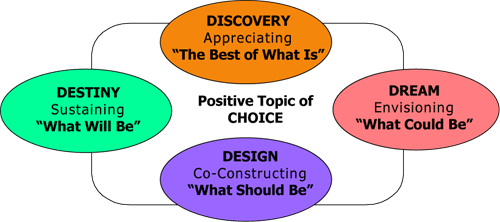
Appreciative Inquiry
I work from a standpoint of appreciative inquiry, which identifies the strengths and successes that already exist and uses this information to build future directions. This positive approach reinforces relationships and creates a shared vision, or common direction. There are four phases to appreciative inquiry: discovery, dream, design, and destiny. In the discovery phase, an organization explores the best of what it does—its strengths and best practices. Dream refers to the program’s vision of what it could achieve. Design is leveraging the best of what is and what could be to create best practices. Destiny is putting those strategies into daily practice.
Examine DRS Findings
Understanding DRS findings is a crucial step. Most DRS findings occur in two areas: CLASS scores or code of conduct findings. The evaluation of programs, based on CLASS scores, is less onerous with the recent changes to the regulations governing DRS. Still, the thresholds remain competitive.
The second most common finding falls into the “code of conduct” category. Typically, this occurs when a child is momentarily left unsupervised or there are inappropriate disciplinary practices. The two most common DRS findings (CLASS scores and code of conduct) are directly connected to teaching practices. A typical strategy is to turn to training and stringently supervising teachers. This is necessary, but it is not sufficient. Your plan should, of course, include training and clearly specified supervisory strategies. Ultimately, however, your program needs to address the underlying management system for all employees.
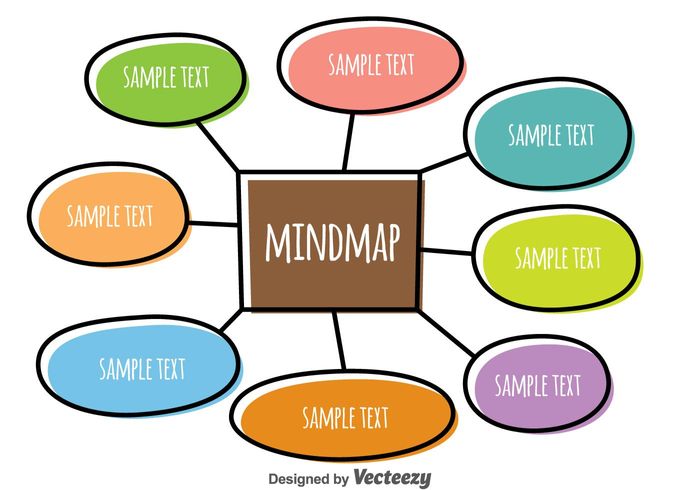
Program Assessment
Understand your program. Next steps include sending surveys to staff, parents, community partners, and community resource agencies. Phrase the questions to highlight areas that need improvement. Conduct focus groups among staff—without their supervisor; conduct focus groups among families—without staff; conduct focus groups with community partners—without the leadership team. Your emphasis should be on improvement, which forms the basis for examining your data.
Examine data from each service area or component. How accurate are your eligibility verifications? What are your recruitment and waiting list processes? What is your average daily attendance?
Are your health requirements met? Insurance requirements? Oral and dental care?
Examine child outcomes and internal CLASS scores. What are your recent classroom and playground monitoring results?
Internal monitoring helps you process information and is critical for risk mitigation. If this data is not available, or not collected, your first step is to create a data/monitoring position.
Sift through the information, including the quality of teacher/child interactions, and the findings from monitoring, surveys, and focus groups. Look for trends, examining strengths and areas of concern. Look at data from all components. Provide visual maps for all participants. Use large poster boards, white boards, sticky paper—set aside one room dedicated to data tours. A visual map of your data will allow you to see what is working and, importantly, what requires different strategies. Mind maps are particularly helpful.
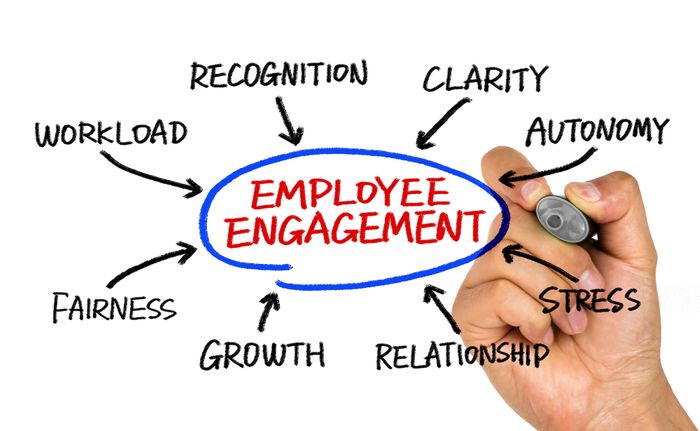
Human Resources and Employee Engagement
Program after program has new teachers in the classroom as well as a lack of substitutes, leading to the problem of meeting ratios. Other staff are pressed into service in the classroom. Children present challenging behaviors, which are exacerbated by changes in teachers and disruptions of routines.
Parent, Family, and Community Engagement (PFCE) workers are asked to cover classes to meet ratios or to call families when a child needs a change of clothing. PFCE workers mediate between frustrated teachers and frustrated parents while trying to complete an application, enter data, and conduct a family assessment. Work is not getting done, staff are overwhelmed and frustrated, and ultimately, employees leave. Turnover begets turnover.
Employee Engagement
Employee engagement, a concept developed and measured by Gallup, describes the connection employees feel toward their workplace. Engaged employees care about their work and about the program—and feel that their efforts make a difference. Engaged employees are more than satisfied employees; engaged employees are emotionally connected to the organization and motivated to perform at high levels. Employee engagement is important in employee retention and is a key factor in the overall success of your organization.
Concentrating and enhancing employee engagement, which is often low among nonprofit and social service organizations, addresses the challenges of turnover, feelings of frustration, and overwhelmed employees. Employee satisfaction is easy to measure and focuses on happiness. Employee engagement is when an employee is not only satisfied but feels that their job and work are meaningful and important.
Employee engagement begins with a clearly communicated mission and vision. A clear vision (where you want to be) and mission (what you do) strengthen your standing in the community (think recruitment). A clear vision and mission improve morale and productivity. Connect daily tasks to your vision and mission. Create screen savers with an image of your vision and mission. Employees who are emotionally attached to your vision and mission believe in what they do, are committed, and are loyal to the organization.
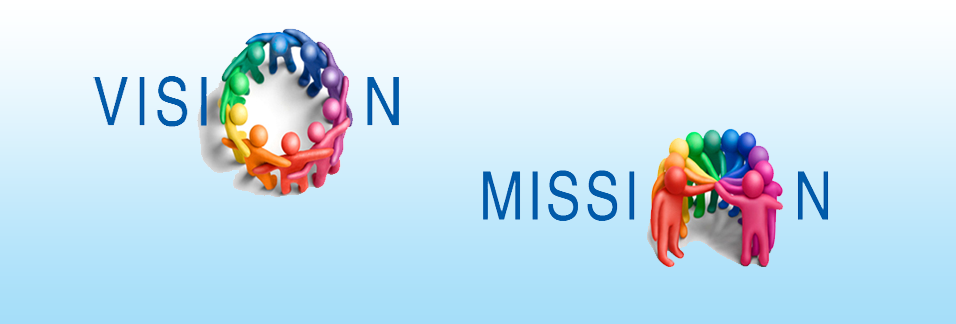
Good communication is one of the most important things an organization can do to foster a culture of engaged employees. As George Bernard Shaw noted, “The single biggest problem in communication is assuming it took place.” Employees work directly with children and families. They know best how the work should be performed. They need to feel like they are part of the process, that their thoughts and ideas matter, and that they have a voice in how their work is conducted.
Research suggests that employees leave organizations because of their direct supervisor. How information is shared, how employees perceive equity among other team members, and how well a supervisor demonstrates their care for their staff are aspects of employee engagement. Hurried communication and perceptions of favoritism undermine the work in your program.
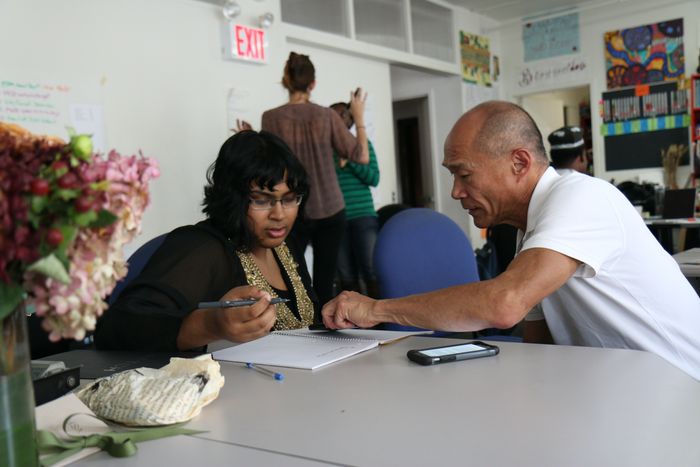
Employees want to know their work is meaningful—that what they do makes a difference. Recognition that is specific (beyond “good job”) is key, as are visible results. Employees need to grow in their jobs and in the program.
Employee engagement rests on teamwork. Create opportunities for learning about effective teams.
1Photo by Monica Melton on Unsplash
Invest in workstyle assessments such as DiSC or the MBTI to give your employees a language for talking about their teams.
Trust is another important foundation of employee engagement. Employees need to trust each other and the leadership. Do leadership decisions positively impact the program? More importantly, do leaders’ behaviors reflect the vision of the program?
Employees want to do a good job and need specific goals and measurable benchmarks. They need the tools, training, and resources to be successful.
Training and Professional Development
Investing in your employees (all employees, not just teachers) with sustained professional development and mentoring/coaching, supplemented with online training and based in a center-wide professional learning community, allows for the sharing of research-based information. A professional learning community is often associated with teachers, but expanding a professional learning community to include all employees who interact with the same child and family allows for different perspectives to be shared while exchanging information, techniques, and strategies. Professional development within learning communities builds connections among staff and enhances morale.

Coaching for Teachers
A coaching process is essential to improving teacher/child interactions, and even coaches need coaching. Dr. Fernandez at the University of Miami focuses on understanding and improving the quality of early learning experiences for infants, toddlers, and preschoolers. Her research provides clear direction for teacher professional development through inquiry-based responsive coaching interventions for infant/toddler teachers and families.
Inquiry-based responsive coaching begins by focusing on a specific child. A coach and a teacher will jointly determine what the specific child needs to be successful. Together, the coach and teacher create a plan to improve interactions with this child. Once the plan is developed, teachers often experience immediate success, leading to an upward spiral of best practices rippling out through the classroom.
Coaching for All Staff
A coaching process is essential for all staff to improve interactions between families and the program. Invest in coaches for your family workers as well. Observe interactions with families and begin by only describing strengths. Provide resources, model positive interactions, ask staff to practice new techniques, and give feedback. The cycle is effective when both the coaches and those being coached can self-reflect.

Children with Challenging Behaviors
The rise in children with persistent and severe challenging behaviors, and the increase in children on the autism spectrum, is troubling for teachers. An excellent program requires a commitment from all levels of the organization to an environment and curriculum focused on the social and emotional development of children. The leadership team’s commitment to a program-wide implementation entails more than securing professional development and purchasing resources. Program-wide implementation requires staff buy-in (at least 80%) and program-wide expectations embedded in policies and procedures. Explicit training on the selected social and emotional development model should be followed by sustained coaching with weekly reflections from the teachers and coaches. To be consistently effective, it is strongly recommended that the leadership team participate in a multi-day training on implementing the model.
Parents
Parents present challenging behaviors too. Just as we provide models for working with children with challenging behavior, we also need to provide models for working with challenging families. Social workers with knowledge of trauma-based care and trained in inclusion and race equity are better equipped to work with challenging or resistant clients. Understanding challenging clients means understanding community-level factors in trauma: racial bias, community violence, poverty, substandard housing—characteristics of many Head Start and Early Head Start communities.
Head Start/Early Head Start programs can design a curriculum for those who work with families. Such a curriculum can include online courses or Head Start (ECLKC) resources. Design your own curriculum in collaboration with the social work program at your local university.
Ready to Begin?
The DRS is a serious crisis and a call to action. It provides the push to plan, evaluate, and implement a new normal. Start early, review often. Invest the time, money, and resources necessary to thoroughly improve your program. The DRS can help you enhance the services you provide to children and families. Evaluate your DRS findings, assess your program, and implement a program-wide employee engagement model that incorporates training along with mentoring/coaching and explicit skill-building in leadership and teamwork.
